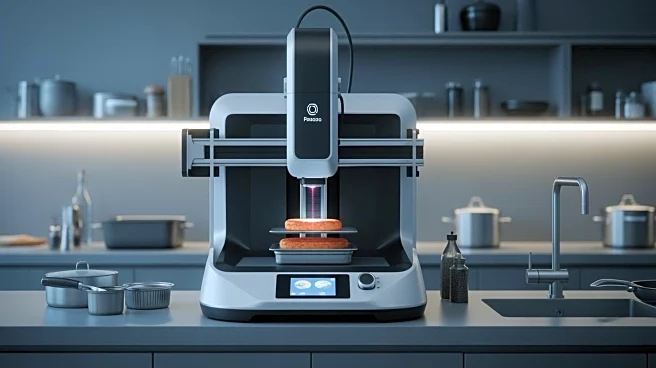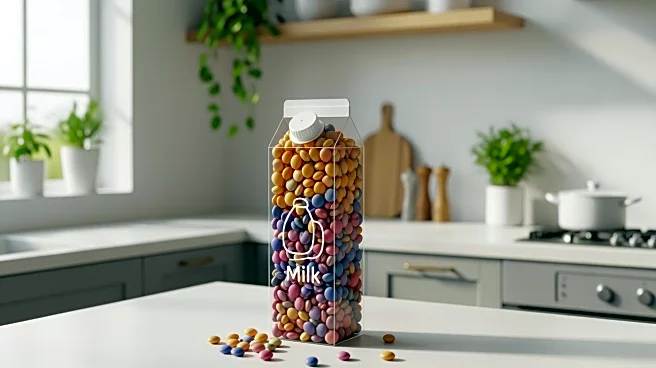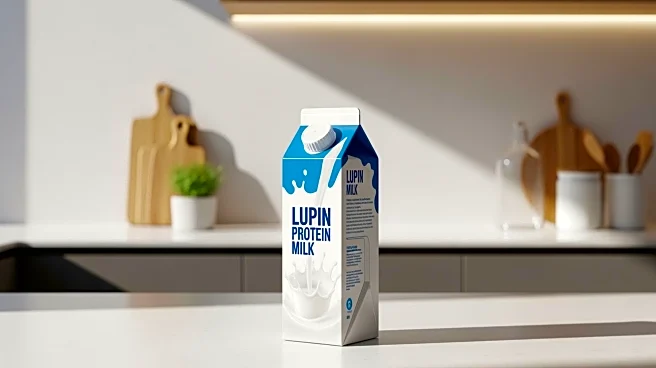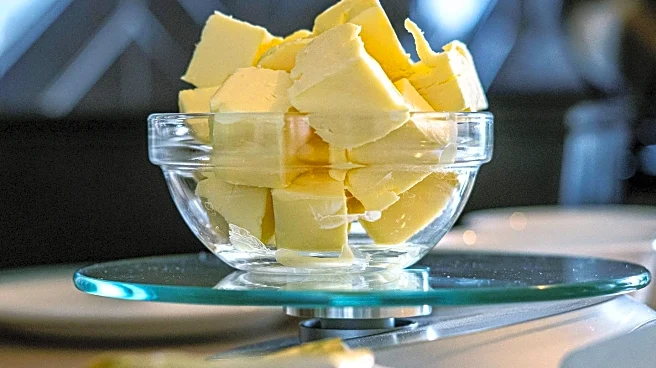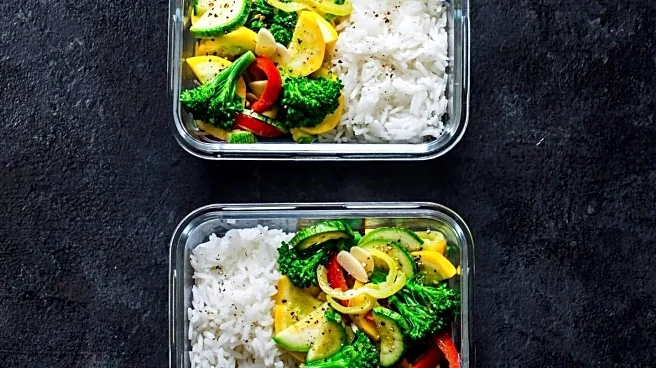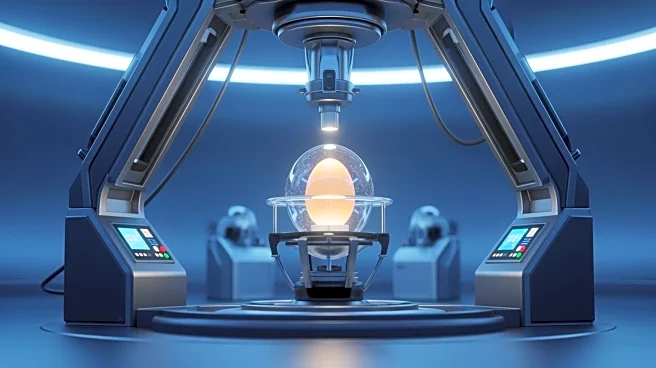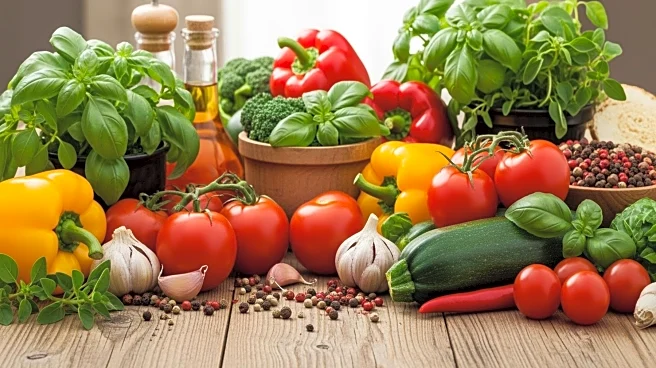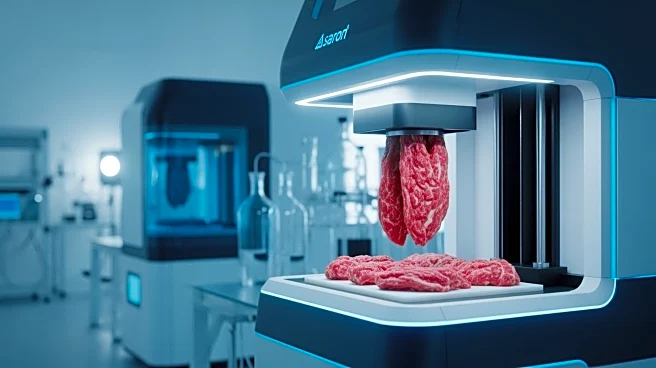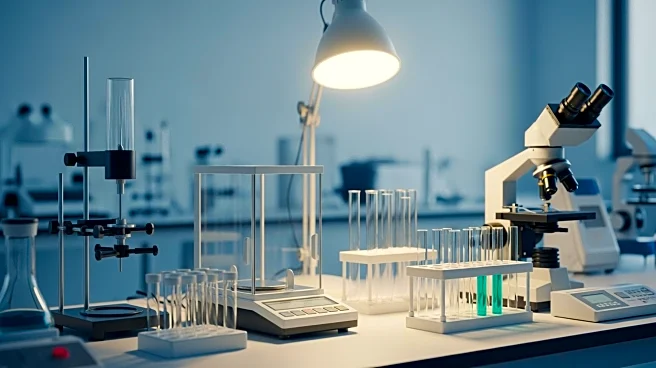What's Happening?
A team of scientists has made significant progress in the field of 3D food printing by successfully creating a three-course meal using multi-wavelength laser cooking and precision layering techniques.
This development, published in the Journal of Food Engineering, represents a major advancement towards scalable, texture-controlled printed foods. Unlike previous methods that used uniform pastes and gels, this new approach employs lasers at different frequencies to cook ingredients in fine layers, allowing for adjustments in texture such as firmness, elasticity, and chewiness. The research involved 14 separate ingredients arranged into a full meal, showcasing the most technically complex 3D-printed dish to date. This innovation could facilitate the adoption of plant-based products and reduce production waste in commercial food environments.
Why It's Important?
The advancement in 3D food printing technology holds significant implications for the food manufacturing and catering sectors. By enabling precise control over food texture and consistency, this method could revolutionize industrial kitchens by offering efficiency, standardization, and customization at scale. The ability to produce plant-based products with improved texture may also support the growing demand for sustainable food options. Additionally, reducing production waste aligns with broader environmental goals, potentially benefiting both businesses and consumers. As the technology progresses, it could lead to more sustainable practices in food production and cater to diverse dietary needs.
What's Next?
Further trials are necessary to adapt this 3D food printing process for commercial food manufacturing and hospitality use. Researchers will likely focus on refining the technology to ensure it meets industry standards for safety and efficiency. As the technology matures, stakeholders in the food industry, including manufacturers and caterers, may begin exploring its integration into their operations. This could lead to collaborations between technology developers and food companies to bring 3D-printed meals to market. The potential for customization and waste reduction may drive interest from businesses looking to innovate and meet consumer demands for sustainable and personalized food options.
Beyond the Headlines
The development of 3D food printing technology raises ethical and cultural questions about the future of food production. As this technology becomes more prevalent, it may challenge traditional culinary practices and alter perceptions of food preparation and consumption. The ability to customize meals at a molecular level could lead to new culinary experiences, but it also prompts discussions about the authenticity and value of food. Additionally, the technology's impact on employment in the food industry, particularly in roles related to food preparation, may need to be addressed as automation becomes more integrated into kitchens.
